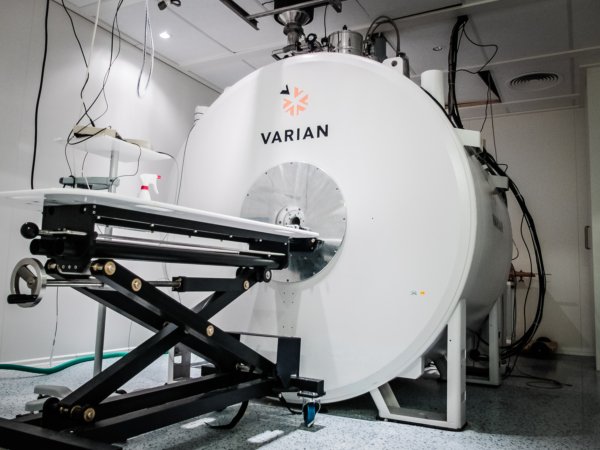Selected publications
Espe, E. K. S., Aronsen, J. M., Eriksen, G. S., Zhang, L., Smiseth, O. A., Edvardsen, T., . . . Eriksen, M. (2015). Assessment of regional myocardial work in rats. Circulation. Cardiovascular imaging, 8, e002695. doi:10.1161/CIRCIMAGING.114.002695
Espe, E. K. S., Aronsen, J. M., Eriksen, M., Sejersted, O. M., Zhang, L., & Sjaastad, I. (2017). Regional Dysfunction After Myocardial Infarction in Rats. Circulation. Cardiovascular imaging, 10. doi:10.1161/CIRCIMAGING.116.005997
Espe, E. K. S., Aronsen, J. M., Norden, E. S., Zhang, L., & Sjaastad, I. (2019). Regional right ventricular function in rats: a novel magnetic resonance imaging method for measurement of right ventricular strain. American Journal of Physiology. Heart and Circulatory Physiology, 318(1), 143-153. doi:http://dx.doi.org10.1152/ajpheart.00357.2019
Krohn-Hansen, D., Zhang, L., Haaskjold, E., Meling, T. R., Nicolaissen, B. r., & Sjaastad, I. (2015). Surgical anatomy of the superior orbit on ultra-high-resolution MRI at 9.4 Tesla. Journal of Plastic Surgery and Hand Surgery, 49(5), 284-288. doi:10.3109/2000656X.2015.1041969
McGinley, G., Bendiksen, B. A., Zhang, L., Aronsen, J. M., Norden, E. S., Sjaastad, I., & Espe, E. K. S. (2019). Accelerated magnetic resonance imaging tissue phase mapping of the rat myocardium using compressed sensing with iterative soft-thresholding. PLoS ONE, 14(7), e0218874. doi:10.1371/journal.pone.0218874
Mughal, A. A., Zhang, L., Fayzullin, A., Server, A., Li, Y., Wu, Y., . . . Vik-Mo, E. O. (2018). Patterns of Invasive Growth in Malignant Gliomas—The Hippocampus Emerges as an Invasion-Spared Brain Region. Neoplasia, 20(7), 643-656. doi:10.1016/j.neo.2018.04.001
Skårdal, K., Espe, E. K. S., Zhang, L., Aronsen, J. M., & Sjaastad, I. (2016). Three-Directional Evaluation of Mitral Flow in the Rat Heart by Phase-Contrast Cardiovascular Magnetic Resonance. PLoS ONE, 11(3), e0150536. doi:10.1371/journal.pone.0150536
Sokolova, M., Sjaastad, I., Louwe, M. C., Alfsnes, K., Aronsen, J. M., Zhang, L., . . . Yndestad, A. (2019). NLRP3 Inflammasome Promotes Myocardial Remodeling During Diet-Induced Obesity. Frontiers in Immunology, 10. doi:10.3389/fimmu.2019.01621
Züchner, M., Lervik, A., Kondratskaya, E., Bettembourg, V., Zhang, L., Haga, H. A., & Boulland, J.-L. (2019). Development of a Multimodal Apparatus to Generate Biomechanically Reproducible Spinal Cord Injuries in Large Animals. Frontiers in Neurology, 10(223). doi:10.3389/fneur.2019.00223





















